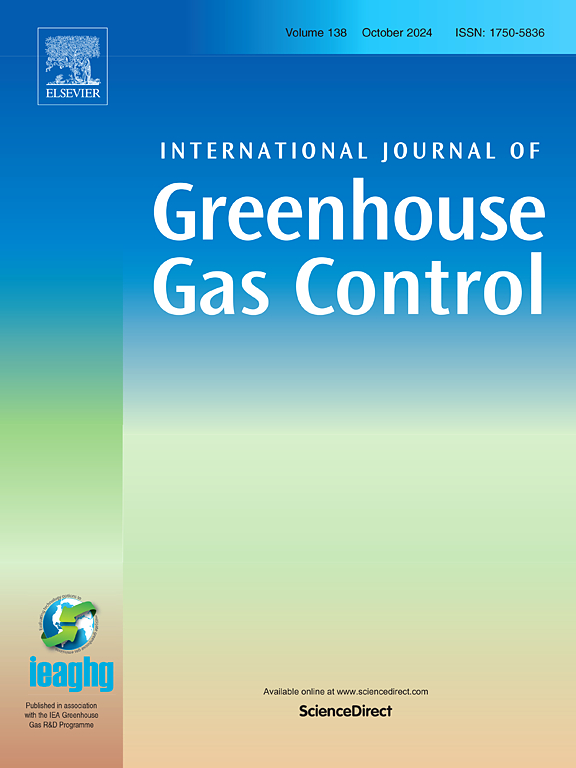Volumetric carbon storage capacity estimation at Mississippi Canyon Block 118 in the Gulf of Mexico using Post-Stack Seismic Inversion
IF 4.6
3区 工程技术
Q2 ENERGY & FUELS
International Journal of Greenhouse Gas Control
Pub Date : 2025-02-01
DOI:10.1016/j.ijggc.2025.104319
引用次数: 0
Abstract
The world's population is estimated to be 10 billion by 2050 and as a result, energy demand would increase exponentially. Additionally, global carbon emissions due to our surpassing need for energy to generate power for transportation and industrial activities would increase significantly. Despite significant technological advances, global warming due to greenhouse gas emissions from anthropogenic activities continues to have a deleterious effect on the climate. Geologic carbon storage provides a sustainable solution for limiting the adverse environmental footprints of anthropogenic activities, as well as for enhanced oil recovery and providing raw materials for industrial products. The high storage potential of depleted hydrocarbon reservoirs and saline aquifers can provide an abode for captured greenhouse gases like carbon dioxide. This research focuses on delineating potential geologic sites for carbon storage at the Mississippi Canyon block 118 (MC-118) field on the northern slope of the Gulf of Mexico. This site is located on a passive margin that is significantly influenced by salt tectonics and slope failure. Furthermore, salt tectonics controls the basin's geometric architecture resulting in complex faulting and sediment-salt interplays. Hence, MC-118 proves to be a challenging terrain to characterize reservoirs for carbon storage. Likewise, estimating the storage capacity of each prospective carbon storage site is of utmost importance. Rock physics modeling and petrophysical characterization involving post-stack seismic inversion are employed in estimating reservoir properties such as lithology and porosity. Acoustic impedance, a seismic attribute useful in delineating lithology, was extracted from post-stack seismic inversion modeling. By integrating geophysical characterization and post-stack seismic inversion, suitable sites with ample carbon storage capacity could be delineated and these workflows can be applied at other locations.
求助全文
约1分钟内获得全文
求助全文
来源期刊
CiteScore
9.20
自引率
10.30%
发文量
199
审稿时长
4.8 months
期刊介绍:
The International Journal of Greenhouse Gas Control is a peer reviewed journal focusing on scientific and engineering developments in greenhouse gas control through capture and storage at large stationary emitters in the power sector and in other major resource, manufacturing and production industries. The Journal covers all greenhouse gas emissions within the power and industrial sectors, and comprises both technical and non-technical related literature in one volume. Original research, review and comments papers are included.

 求助内容:
求助内容: 应助结果提醒方式:
应助结果提醒方式:


